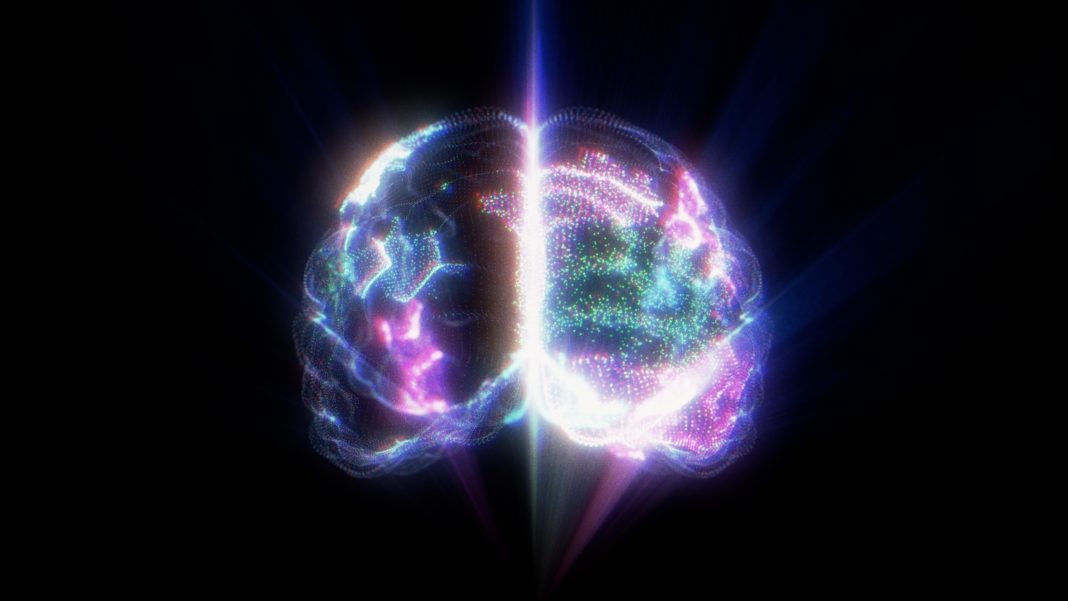An MIT-based team has developed a technology pipeline that creates whole-organ, high-quality images of human brains from the gross morphological level to subcellular components. The technique enables high-resolution, high-throughput imaging of brain tissue without destroying the tissue. Researchers can finely process, label, and create clear images of full hemispheres of human brains with immense detail and speed.
“This technology pipeline really enables us to analyze the human brain at multiple scales. Potentially this pipeline can be used for fully mapping human brains,” said study senior author Kwanghun Chung, PhD, an investigator at Picower Institute for Learning and Memory at MIT.
Chung and his team published their work, titled, “Integrated platform for multiscale molecular imaging and phenotyping of the human brain,” in the latest issue of Science.
The process of sectioning, staining, and photographing tissue samples, especially large samples, like the whole human brain, is typically destructive, limiting the data that can be gathered from each sample. In the new report, Chung’s team performed “holistic imaging of human brain tissues at multiple resolutions from single synapses to whole brain hemispheres and we have made that data available,” the senior investigator said.
To accomplish this task, members of Chung’s team created a suite of three key innovations. First, Ji Wang, PhD, developed the Megatome, an improved vibratome, which slices intact human brain hemispheres finely without causing damage. The vibratome’s precision in blade movement and sample stability not only allows for the sample to remain undamaged at cut sites, but also cuts at a higher speed than similar vibratomes. These improvements allow for thick tissue slabs to be prepared much more quickly and precisely.
Although the tissue slabs are thicker than usual for research purposes, a specially designed hydrogel technology has been developed by Juhyuk Park, PhD, for imaging purposes. The hydrogel, mELAST, is used to infuse the brain sample prior to sectioning. The samples, and slices, are clear, flexible, durable, and expandable, retaining tissue integrity and allowing for repeated use in future studies.
Finally, once the slabs are imaged, those visual data can be stitched together into a full three-dimensional organ reconstruction using a computational system called UNSLICE, which has been developed by Webster Guan, PhD. UNSLICE correctly aligns and combines the sample images, with its algorithms that trace anatomical features, like blood vessels or axons, between slices to match them correctly and precisely.
“We need to be able to see all these different functional components—cells, their morphology and their connectivity, subcellular architectures, and their individual synaptic connections—ideally within the same brain, considering the high individual variabilities in the human brain and considering the precious nature of human brain samples,” Chung said. “This technology pipeline really enables us to extract all these important features from the same brain in a fully integrated manner.”

This technology can be used by researchers to examine more quickly and efficiently brain tissue, while preserving the tissue for multiple studies and additional experiments. As a proof-of-concept, Chung’s team collaborated with co-author Matthew Frosch, MD, a physician at Massachusetts General Hospital, to explore the use of this technology in Alzheimer’s disease research.
The joint venture included a full examination and comparison of two brain hemispheres, one with Alzheimer’s and a control. “We didn’t lay out all these experiments in advance. We just started by saying, ‘OK, let’s image this slab and see what we see,’” Chung said. Their goal was to determine if the technology they developed could improve visualization and understanding of brain anatomy and microanatomy in a diseased brain. Chung added, “We identified brain regions with substantial neuronal loss so let’s see what’s happening there. ‘Let’s dive deeper.’ We used many different markers to characterize and see the relationships between pathogenic factors and different cell types.”
This study showed both the functionality and image quality of the imaging technology along with its utility and potential for comparative and exploratory studies. The technology’s utility appears to extend beyond the brain to other organs and tissues. In their paper, the authors concluded: “We envision that this scalable technology platform will advance our understanding of the human organ functions and disease mechanisms to spur development of new therapies.”



